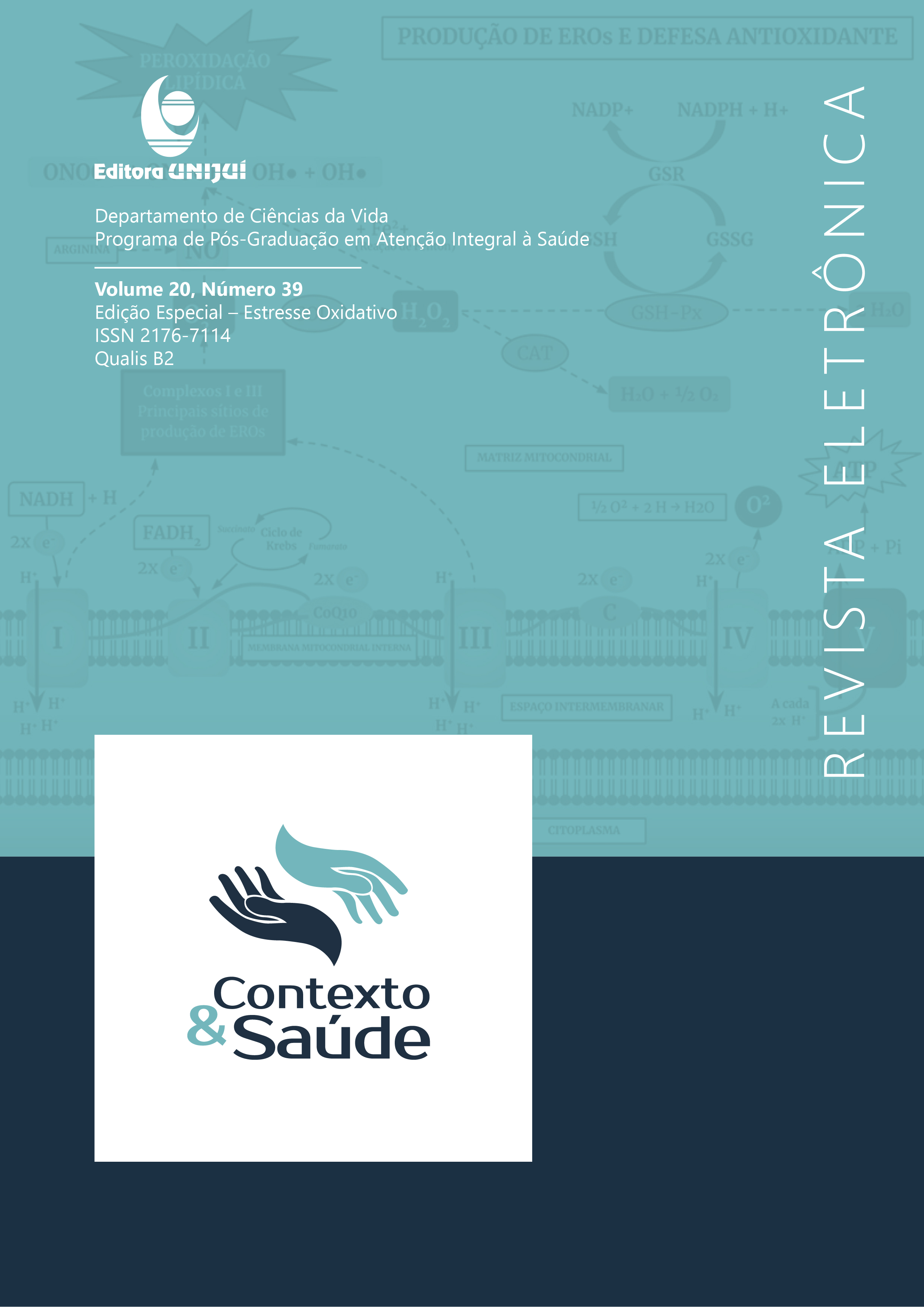THE CONSUMPTION OF FRUITS AS A POTENTIAL ALTERNATIVE TO ACCELERATE THE RECOVERY PROCESS AFTER HIGH INTENSITY EXERCISE
DOI:
https://doi.org/10.21527/2176-7114.2020.39.41-48Keywords:
muscle damage, body regeneration, cherry, blueberryAbstract
A prevalent desire in the sports world is the acceleration of post-exercise recovery; therefore, many studies have examined the use of dietary supplements before, during, and after exercise to determine the positive effects on athletes as a catalyst for recovery. Overall, studies have found that adaptations to regular exercise promotes advantageous reactions in the body to boost the immune system, prevent dyslipidemia and muscle loss, and increase bone density. However, exercise at an increased intensity or duration usually performed under competitive settings can deplete glycogen stores, increase lactic acid, form an excess amount of reactive oxygen species (ROS), increase tissue damage, and decrease immunologic function. This review incorporated studies that tested the use of fruits as a strategy to attenuate the period by which the body buffers the increase in acidity and inflammation, scavenge ROS and to regenerate muscle damage after high intensity exercise. Therefore, the effect of fruit intake rich in vitamins and those containing polyphenolic ring-based flavonoids and carbohydrates was discussed. Nutrient supplementation can enhance recovery after high intensity exercise, particularly fruits of red-blue color such as cherries and blueberries seem to decrease oxidative stress, inflammation, and muscle damage. In summary, each fruit has specific targets to offset body regeneration, avoid over training, and improve overall performance.
Downloads
Published
How to Cite
Issue
Section
License
By publishing in Revista Contexto & Saúde, authors agree to the following terms:
The works are licensed under the Creative Commons Atribuição 4.0 Internacional (CC BY 4.0) license, which allows:
Share — to copy and redistribute the material in any medium or format;
Adapt — to remix, transform, and build upon the material for any purpose, including commercial.
These permissions are irrevocable, provided that the following terms are respected:
Attribution — authors must be properly credited, with a link to the license and indication of any changes made.
No additional restrictions — no legal or technological measures may be applied that restrict the use permitted by the license.
Notes:
The license does not apply to elements in the public domain or covered by legal exceptions.
The license does not grant all rights necessary for specific uses (e.g., image rights, privacy, or moral rights).
The journal is not responsible for opinions expressed in the articles, which are the sole responsibility of the authors. The Editor, with the support of the Editorial Board, reserves the right to suggest or request modifications when necessary.
Only original scientific articles presenting research results of interest that have not been published or simultaneously submitted to another journal with the same objective will be accepted.
Mentions of trademarks or specific products are intended solely for identification purposes, without any promotional association by the authors or the journal.
License Agreement (for articles published from September 2025): Authors retain copyright over their article and grant Revista Contexto & Saúde the right of first publication.

